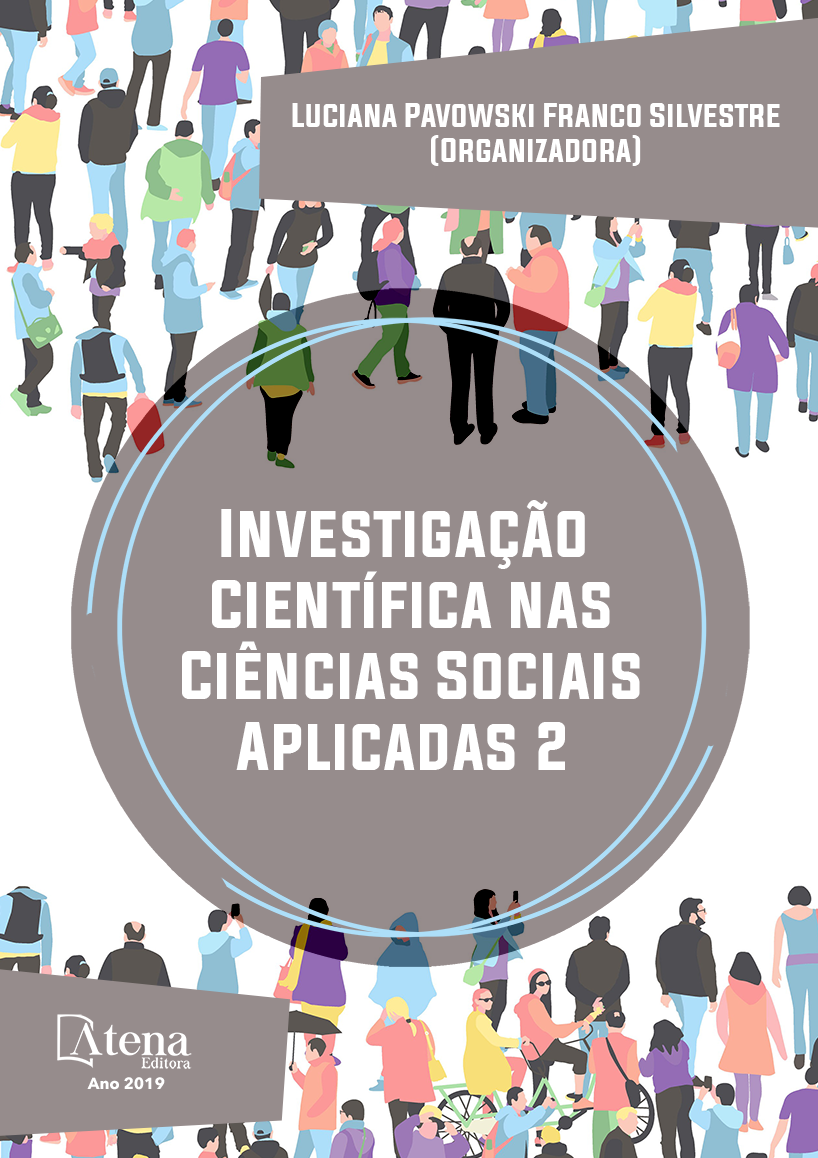
DIGNIDADE HUMANA E LINGUAGEM CINEMATOGRÁFICA: A TELA DA SOLIDARIEDADE
O princípio da dignidade da pessoa
humana constitui-se como pedra fundamental
no ordenamento jurídico brasileiro. Este
princípio inspira a discussão da trajetória
das pessoas com deficiência no processo
civilizatório. Sendo assim, este artigo tem
como objetivo discutir o direito à dignidade
da pessoa com deficiência física, intelectual e
sensorial a partir de elementos constantes na
linguagem do cinema. De acordo com essa
perspectiva, foram selecionadas três produções
cinematográficas – “O Sino de Anya”, “Forrest
Gump - O Contador de Histórias” e “Uma Lição
de Amor” – com o escopo de observar de que
forma os direitos da pessoa humana estão
sendo integrados, preservados e resguardados
nas cenas cinematográficas conforme descritos
na Convenção sobre os Direitos das Pessoas
com Deficiência sediada pela ONU no ano de
2006. Para análise o critério para seleção dos
filmes foi baseado nos elementos diferenciais
do diagnóstico de três tipos de deficiência nas
áreas física, intelectual ou sensorial, situação
familiar e circunstância de tensão diante
do diagnóstico. Neste sentido, o trabalho
possibilitou identificar o potencial da linguagem
cinematográfica para abordagem pedagógica
da dimensão humana dos direitos.
DIGNIDADE HUMANA E LINGUAGEM CINEMATOGRÁFICA: A TELA DA SOLIDARIEDADE
-
DOI: 10.22533/at.ed.89819071015
-
Palavras-chave: Cinema. Dignidade Humana. Deficiência. Família.
-
Keywords: Movie theater. Human dignity. Deficiency. Family.
-
Abstract:
The principle of the dignity of
the human person is a cornerstone of the
Brazilian legal system. This principle inspires
the discussion of the trajectory of people with
disabilities in the civilizing process. Thus, this
article aims to discuss the right to dignity of the
person with physical, intellectual and sensorial
disability from elements in the language of
cinema. According to this perspective, three
cinematographic productions - "Anya's Bell",
"Forrest Gump" and "A Lesson of Love" - were
selected to observe how the rights of the human
person are being integrated, preserved and
protected in the cinematographic scenes as
described in the Convention on the Rights of
Persons with Disabilities promoted by the UN in
2006. For analysis the criteria for the selection
of films was based on the differential elements
of the diagnosis of three types of disability in
the physical, intellectual or sensorial, family
situation and circumstance of tension before the diagnosis. In this sense, the work
made it possible to identify the potential of cinematographic language for a pedagogical
approach to the human dimension of rights.
-
Número de páginas: 15
- Ailana Amaral Alves


